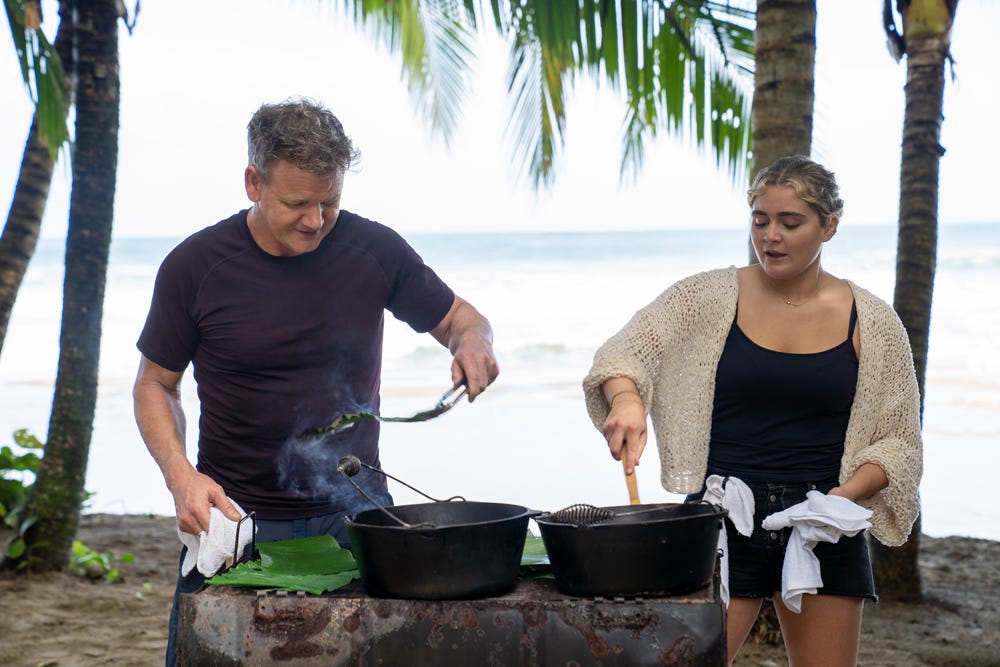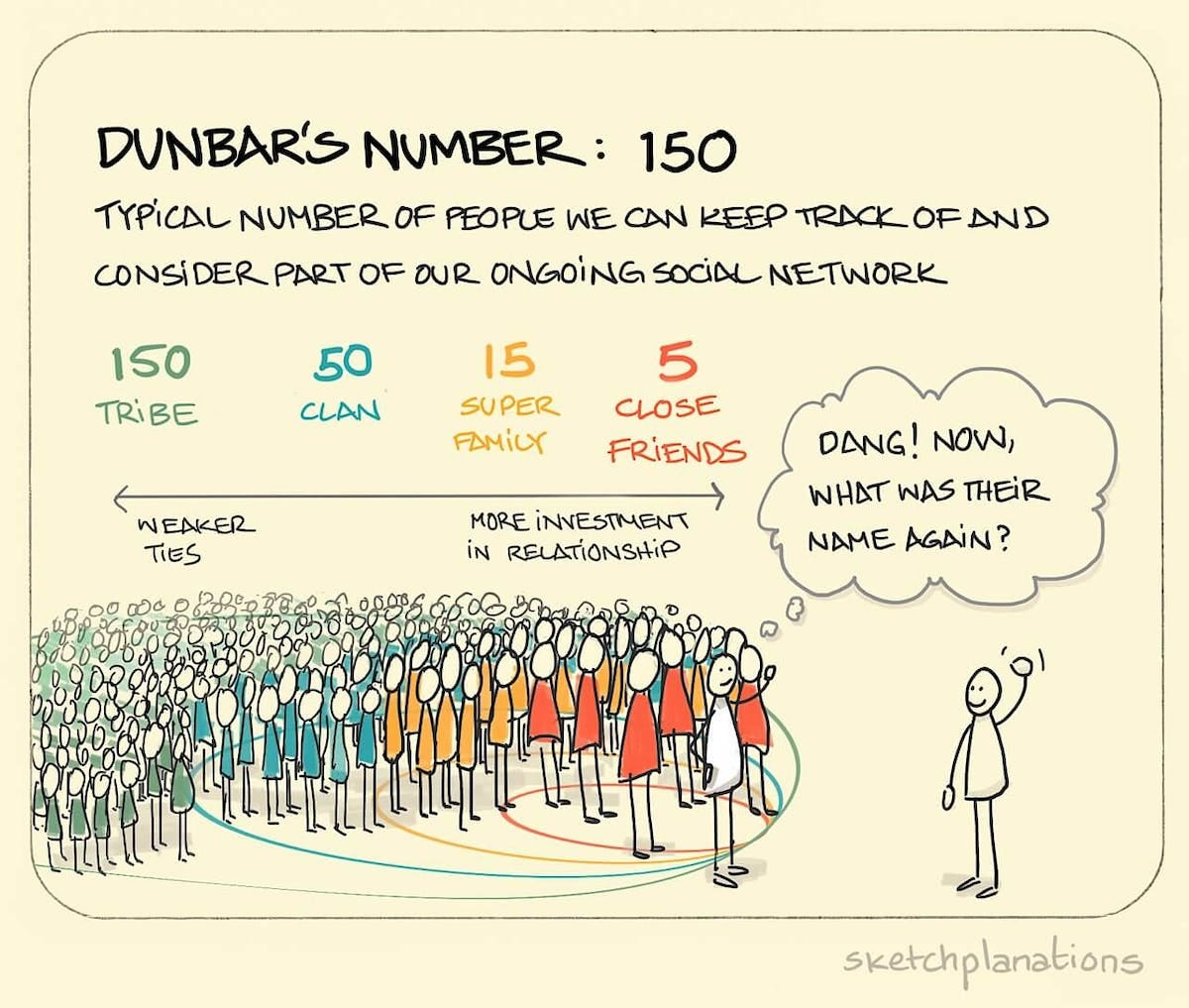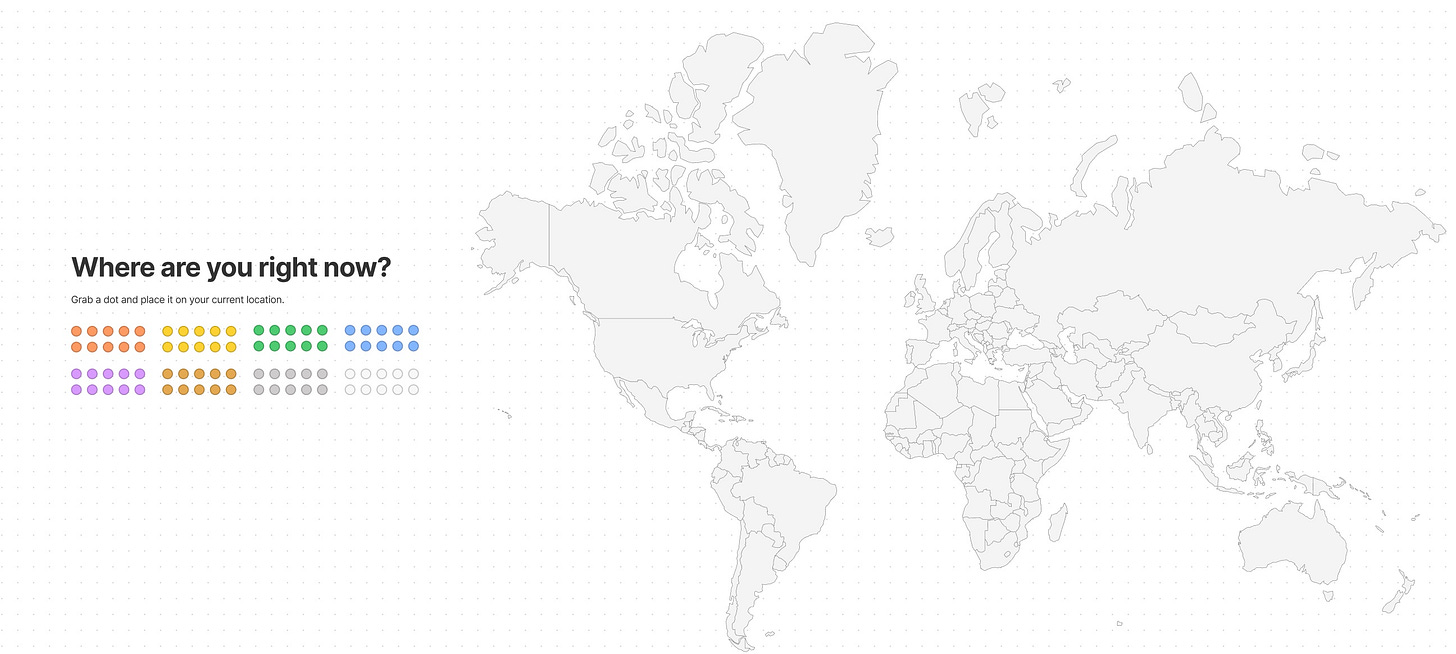Ten Tips to Create a Product Community of Practice
Strategies for fostering a community of practice to enhance innovation, professional growth, and cross-cultural collaboration
I conducted an event titled “Top 5 Skills to Stand Out as a Senior PM in a Hybrid World” for Reforge on Tuesday, 27 February 2024.
Two questions asked during the event reminded me of my time at Pearson.
How do you navigate an organization that is limiting the growth of the product org? I feel limited in my growth as there is not upward opportunity as a Senior Product Manager.
How would you approach working with new team members in a different country, specifically to grow empathy and connection, due to cultural differences?
When I found myself in similar situations, I built learning and growth opportunities by creating a forum with product colleagues across the business and around the globe. These groups are referred to as “communities of practice” or "learning networks"
Communities of practice are groups of people who share a concern or a passion for something they do and learn how to do it better as they interact regularly. (link)
Communities of practice often focus on shared knowledge, professional networking, and common skills, evolving around a common domain or area, or created with the specific goal of advancing knowledge in a field.
Today I’m going to share how I created a community of like minded individuals, called the Future Technologies Champions while at Pearson. Even though it is a large enterprise, you can apply these tips within any size of company. The principles of identifying and forming your own product community remain the same.
Starting a community of practice
I joined Pearson to create the Future Technologies team. As part of my work, I built the Future Technologies Champions community. The goals were:
Help make Pearson more open to innovation
Accelerate the digital transformation of Pearson
Identify and raise awareness of new & emerging consumer trends and technologies that may have an impact on Pearson’s businesses
Share concepts reflecting new and emerging trends and technologies.
Tip 1: Start with specific goals in mind, but once achieved don't rest on your success. In a similar manner to product-market fit not being achieve it & forget it, you need to continually evolve your community based on member feedback, organizational changes, and market dynamics. Applying an agile approach, the Future Technologies Champions continued to iterate and evolve since its founding, which led to the group remaining in place for over 10 years - continuing even after myself and other originators had left Pearson.
Identifying community of practice members
Starting a new community within an organization is exciting and a bit overwhelming all at the same time. My recommendation is to dive in and start small. I began by applying a proven technique from social media, specifically influencer marketing.
Influencer marketing is a collaboration between popular social-media users and brands to promote brands’ products or services. (link)
I wanted to identify individuals who would contribute and believe in the Future Technologies Champions community. To begin, I asked my manager to suggest five people who could be, or might know, Future Technologies Champions. Why five? According to the Nielsen Norman Group, ‘testing with 5 people lets you find almost as many usability problems as you'd find using many more test participants’. That’s it. Start small.
I reached out to the five individuals. At that time, I did so via email. Today, I’d probably use Slack or the organization’s alternative preferred method of communication. I explained that I was seeking like minded individuals and asked if they had 5 to 10 minutes to speak with me about the opportunity and people who came to mind.
Tip 2. Build buy-in right from the start. Speaking to an individual directly, even for a few minutes, creates a higher level of commitment than a quick Slack or email reply. You also have the opportunity to ask questions which could help to better position outreach to others. The time commitment I sought was small as everyone is always busy. And, similar to user experience research, it was likely I could gain more time if the responses yielded further questions. Start with a more time intensive ask, and your likelihood of receiving a “no” increases.
I began by explaining the community I was hoping to form (what); goals and objectives of the community (why); and, approach to running the community (how). I asked for their feedback and whether they knew of individuals who fit the desired profile (who). In some cases, they recommended a person or two. In others, they simply asked to be kept updated. By having the conversation, I was gathering insight and creating awareness that I could call upon in the future.
Tip 3. Similar to the double-diamond, design thinking methodology, start with Discover. Talk to a small number of individuals, learn about their challenges, and objectives. Then evolve your thinking. I wrapped up the call by asking, “Is there anyone else you recommend I speak with?” This contribution further reinforced the individual’s connection to the effort and gave me a new person to contact with very little extra effort. If you watch travel food shows, such as “Parts Unknown” by the late Anthony Bourdain or Gordon Ramsay in "Gordon Ramsay: Uncharted”, you’ll notice they apply a similar tactic. First connect with a local “expert”. From there, have the local contact recommend another person to meet. Wash, rinse, repeat.
I couldn’t find a reference to the original questions I placed or subsequent iterations. With today’s technologies, I would start by prompting my favorite AI chatbot to provide 3 to 5 initial questions and then make refinements.
Tip 4. Use each conversation as an opportunity to build up your contact list - either of potential community members or of individuals who oversee or know of potential participants. When I received the name of a potential community member who would be a good fit, I quickly reached out. I wanted to ensure if my contact spoke with the individual that I had already been in touch. Fast follow through is never a bad trait and gives the pretext the community will be a group of “doers” and not waste time.
In my outreach, I covered the following:
Nature of the community - what was the purpose, objective, and goals
Their involvement - who had recommended them and why, what was expected of community members (time per month, actions, program duration, travel, etc.)
Next steps - to consider the information and respond with a “yes” to take part, then an invite to the first community would be on its way
Closing - thank you for their time and a quick ask if the knew of other potential community members (ABC - always building community)
When I didn’t receive a response in two business days, I followed up again. After that, I kept track of their silence and moved on.
Tip 5. Throughout the process, to help with recall and any questions, document all the people you contacted, conversation highlights, recommendations, Yes/No to participating, and Yes/No regarding fit. Use a template, such as a Google Form, to ensure consistency and ease of data capture as well as reference. In two weeks, approximately 50 community members had been identified and accepted (responded “yes”). Asking for suggestions yielded contacts across business units and geographies. In a smaller organization, your access to appropriate people will be faster and hopefully easier.
Kicking off the community of practice
Even though a rough agenda was included in the original invite, approximately a week beforehand a more detailed structure was shared. Additional reminders were sent automatically as well.
Kick Off - Diana, 5 minutes (including extra time to join)
Rapid Community Members Introduction - All participants, 15 minutes
Goals, Objectives Purpose - Diana, 5 minutes
Topic / Project Suggestions and Voting - All participants, 20 minutes
Questions and Answers - All participants, 10 minutes
Closing, Next Steps - Diana, 5 minutes
Each call was an example of co-creation. This approach set the tone for the community - all are involved and input is sought from everyone.
Tip 6. Identify reasons for community members to keep participating. Consider brands are 86% more trustworthy if co-creation occurs. Co-creation helps to get people to engage in the community, and feel invested by having a stake (emotional and functional) in contributing.Why did I organize the calls and follow up with next steps / actions? I did so to enable the community to focus on (1) building connections to each other and (2) contributing to discussions. Another idea once the community is up and running is to swap note takers and facilitators.
Tip 7. Don't forget to record the call, share the recording and include next steps / actions with owners as well as a reminder of the next date and time of the next call. Timeliness is key to ensure the meeting has not been forgotten and to convey a mix of belonging and appreciation. Community members continued to recommend other people to take part. I formed a community page on Pearson’s intranet and continued to evangelize the group directly as well as through my manager and peers. Individuals reached out after learning about the group. I also used the intranet to identify new community members. In three months, we reached 150 people.
How many community members to include?
Facebook was founded on the principle that one could maintain a connection to a significant, yet limited, number of individuals. Ironically, also through Facebook, a suggestion was made to check out this guy in England - Dunbar - who said a person could realistically maintain a connection to 150 friends. I used the 150 figure, Dunbar’s number, as the target for the community of practice at Pearson. Again, it was a large company with over 30,000 people. A smaller number works too.
Yes, I could have gone beyond 150 people. Yet, I wanted the community to be small enough where meaningful connections could be made and retained. You could invite all product managers to join your community of practice - that’s entirely fine. Simply consider your objectives and time constraints while acknowledging how many people are needed to create cultural change.
Being a geek, I recalled all the applications that created a buzz by starting with a waiting list approach. In a similar manner, the 150 person cap created an extra sense of urgency for members to show up and participate. For example, after failing to attend two community meetings, I checked in to see if the person was ok and wanted to continue. After their third time, a politely worded note was sent indicating the person would be removed from the community unless they responded and took part. Staying quiet meant a person on the “waiting list” would take the spot.
Tip 8. The scarcity principle creates a sense of urgency that increases the perceived value and fear of missing out, which promotes engagement.Ongoing community of practice participation
For the Future Technologies Champions, we voted on areas of focus. Each quarter we explored two topics together. It’s always good to have a backup in case the primary idea doesn’t turn out as planned.
Why select topics or priorities?
To have an outcome, and ideally impact, to share
To enable community members to say “I contributed to <this>”
To live on beyond the community
To give focus and direction to the discussions
Why three months?
Similar to the three month rule in dating, you should be able to explore an idea within three months. Doing so prevents wasted time and energy, unwarranted levels of commitment, and inability to move on or explore other options.
What about timezones?
As time went on, we introduced two calls per month. To prevent people from staying up all hours, we held one call for the US and Europe and a second for Asia Pacific (APAC). To continue to share learnings, we held office hours where anyone could explore the work done by the community of practice.
How to evolve?
One year in, we did a status check to see if the community should continue. The agenda was:
Feedback: What aspects of the community objectives, outcomes, and goals to remain vs. change (and to what)
Projects: What had we learned, what to do differently, what were new ideas
Knowledge Sharing: How to make interactions as tangible as possible, how to continually break the ice
Wrap up: Create. a postcard with (1) how could Future Technologies Champions improve and (2) how will I contribute to the Champions. Take a picture. Then add the image to a digital map.
Tip 9. Continue to find and maintain the delight. It's not worth it otherwise. Humans are impatient and in our impatience we are prone to forget the past. Keep evolving the community to ensure a mix of fun, meaning, and belonging is always present. Community of practice lessons and learnings
What kept the Future Technologies Champions remaining relevant and active was the practice and principle of community. By joining together, we were more innovative and able to solve more problems by discussing and working through them together. Participants were happier in their jobs, because they kept growing and learning.
As Product people, we cannot stand still. Technology and the world around us continues to evolve, so must we or we face becoming irrelevant. The same applies to companies. As time went on, our community of practice leaned into this message. If leaders questioned their team member’s involvement, we shared the (1) projects delivered, (2) skills gained, (3) cost savings, (and 4) time savings).
Reskilling allows companies to build competitive advantage quickly by developing talent that is not readily available in the market and filling skills gaps that are instrumental to achieving their strategic objectives—before and better than their competitors do. (link)
Other companies have embraced a similar message. Amazon promotes leaders on the basis of a performance assessment that includes the question “How have you developed your team?”. I recall the first time I saw a person include “Future Technologies Champion on their company profile. Over time, it became a badge on the intranet. I also saw references on LinkedIn and in resumes / CVs.
Tip 10. Communities of practice are a way to continue to reskill, not just yourself but all involved and the company as a whole. Encourage members to share their learnings with team members and their manager. Share the wins and highlight / credit the community.
Each individual has unique talents and skills. When you bring them together and share topics for a common purpose via a community of practice, it gives individuals and companies a real competitive advantage. And, today, that is something none of us can ignore.
Members of Lancaster’s community of practice.










This is really useful. I just launched an "UnAccelerator" as a community of practice. Will definitely implement some of these ideas.